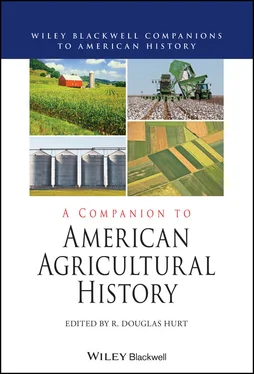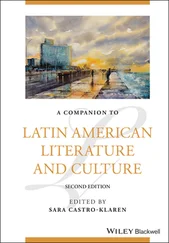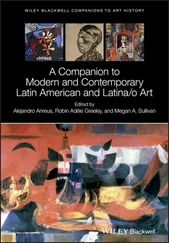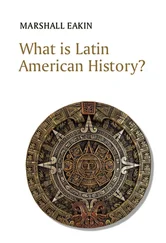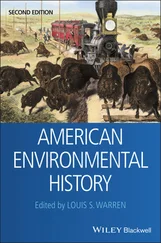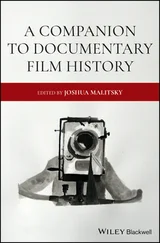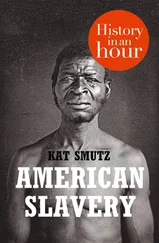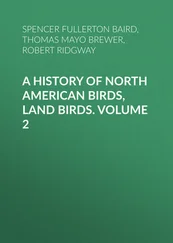Land policy in particular has drawn considerable scholarly attention. No one has understood California’s highly complex land system better than Paul Wallace Gates, whose many penetrating essays on the subject have been collected in one volume, Land and Law in California (1991). Gates’s California Ranchos and Farms (1967) is also very useful. Pisani has deepened our understanding of several of Gates’s main themes in two pathbreaking articles of his own: “Squatter Law in California, 1850–1858” and “Land Monopoly in Nineteenth-Century California,” both in his Water, Land, and Law in the West (1996). Also valuable are Christian G. Fritz, Federal Justice in California (1991), Ellen Liebman, California Farmland (1983), M. Catherine Miller, Flooding the Courtroom (1993), Richard H. Peterson, “The Failure to Reclaim” (1974), and David Vaught, After the Gold Rush (2007).
For a few others, the primary objective has been to write “new” rural histories—that is, books and articles that examine wheat farmers in their social and cultural contexts. Much of what we know about farm life in California during this period comes from contemporary critics, most notably land-reformer Henry George (of “single tax” fame) and muckraking novelist Frank Norris ( The Octopus ). That approach has focused scholarly attention on the largest farmers, especially Hugh Glenn and his empire of 66,000 acres in the northern Sacramento Valley. In the process, the state’s thousands of much smaller wheat farmers have all but disappeared from view in the literature. An insightful work, though it is concerned primarily with the tail end of the state’s wheat era is Magliari, “California Populism” (1992), which demonstrates that wheat growers could be modernizing and wealthy yet so steeped in Jeffersonian values that they joined the Farmers’ Alliance. Gerald Prescott also analyzes small grain farmers in their social and cultural contexts in “Farm Gentry vs. the Grangers” (1977/1978). The most recent and comprehensive treatment is Vaught, After the Gold Rush (2007). Other social histories of wheat farming in the latter half of the nineteenth century, however, remain few and far between. For that matter, even Glenn has received minimal attention, the only full-length treatment being Ann Foley Scheuring, Valley Empires (2010), a useful but non-scholarly volume. For an explanation of why rural social history has flourished in the Midwest but not in California, see Vaught, “State of the Art—Rural History, or Why is There No Rural History of California?” (2000).
There was more to California agriculture in the second half of the nineteenth century than wheat. On cattle ranching, particularly during the 1850s and 1860s, the essential study is Hazel Adele Pulling, “A History of California’s Range-Cattle Industry” (1944). Four sources that supplement Pulling nicely are Terry G. Jordan, North American Cattle-Ranching Frontiers (1993), David Igler, Industrial Cowboys (2001), Ray August, “Cowboys v. Ranchers” (1993), and Gates, California Ranchos and Farms , chapter 2(1967). On the transition to specialty crops, Rhode, “Learning, Capital Accumulation, and the Transformation of California Agriculture” (1995), provides the most sophisticated analysis. See also the appropriate chapters in Paul, The Far West and the Great Plains in Transition (1988), and Vaught Cultivating California (1999).
There are a number of fine environmental histories of California’s wheat era. Two pioneer studies by Kenneth Thompson—“Riparian Forests of the Sacramento Valley” (1961) and “Historic Flooding of the Sacramento Valley (1960)—are still immensely helpful, as are several chapters in Elna Bakker, An Island Called California (1971). Robert Kelley , Battling the Inland Sea (1989), was an instant classic on the Sacramento Valley. Steven Johnson, Gerald Haslam, and Robert Dawson, The Great Central Valley: California’s Heartland (1993), document their observations with beautiful photographs.
Much of our understanding of California specialty-crop agriculture comes from farm labor studies. Most follow the “factories in the field” paradigm established by Carey McWilliams over three-quarters of a century ago. Cletus E. Daniel , Bitter Harvest (1981) argues that “the erosion of agrarian ideals” and the simultaneous evolution of “industrialized agriculture” in the last half of the nineteenth century provided the foundation for class conflict in the twentieth century. Linda C. Majka and Theo J. Majka’s theoretically oriented analysis of farmworker unionism, Farm Workers, Agribusiness, and the State (1982), asserts that “large-scale production has dominated California agriculture virtually since statehood.” In This Bittersweet Soil ( 1986), Sucheng Chan astutely criticizes scholars who have misrepresented and/or undervalued the role of Chinese farm laborers in the development of California agriculture but does not question the assumption that “factories sprang up in the field” during the late nineteenth century. Devra Weber , Dark Sweat, White Gold (1994), Gilbert G. González, Labor and Community (1994), and Camille Guerin-Gonzales, Mexican Worker and American Dreams (1994) all analyze Mexican farmworkers with deftness and imagination, but for the most part portray their employers in monolithic terms and with minimal documentation. Other histories that stress the agency of farmworkers and provide brief chapters or statements regarding the factory nature of the state’s agriculture include Lori A. Flores, Grounds for Dreaming (2016), James Gregory , American Exodus (1989), Masakazu Iwata, Planted in Good Soil (1992), Vicki L. Ruiz, Cannery Workers, Cannery Lives (1987), and Street, Beasts of the Field (2004).
There are important exceptions, however. Several works challenge, or at least modify, the factories paradigm. In addition to Magliari (1992) and Prescott (1977/1978), Victoria Saker Woeste, The Farmers’ Benevolent Trust (1998), challenges conventional wisdom about farm size in California to demonstrate the leverage small growers in the raisin industry held in marketing cooperatives. Steven Stoll, The Fruits of Natural Advantage (1998), emphasizes regional specialization and small-scale farms in the state’s fruit era. Several essays in a special issue of California History (Orsi 1995) enhance our understanding of citrus growers by examining original sources rather than relying on standard accounts. Paul J.P. Sandul, California Dreaming (2014), analyzes agricultural colonies (or “rural suburbs”) in southern and northern California. Kevin Starr’s chapter on California’s “georgic beginnings” in Inventing the Dream (1985) emphasizes the high ideals of the turn-of-the-century specialty-crop generation, as does Vaught, Cultivating California (1999).
In addition, there are a number of studies of Asian and other non-Anglo farm communities whose economic and cultural complexities bear little resemblance to the factory-based agriculture of McWilliams—and thus have been deemed “lost stories” by Linda L. Ivey, “Ethnicity in the Land” (2007). Cecilia M. Tsu, Garden of the World (2013), through extensive and painstaking research in county records (court, mortgage, lease, assessment, coroner), census manuscripts, Chinese and Japanese language newspapers, and multiple English language newspapers and trade journals, among numerous other sources, deftly analyzes the experiences of Chinese, Japanese, and Filipino farmers in the Santa Clara Valley, paying close attention to their ethnicity, gender, class loyalties, family networks, and community relations. See also, among many other excellent works, William J. Bauer, We Were All Like Migrant Workers Here (2009), Valerie Matsumoto, Farming the Home Place (1993), Sally M. Miller, “Changing Faces of the Central Valley” (1995), Kazuko Nakane, Nothing Left in My Hands (1985), and Miriam Wells, Strawberry Fields (1996).
Читать дальше
